The Catholic Church mediates peace discussions in the DRC as protests and violence break out
The second term (and 15-year rule) of President of the Democratic Republic of the Congo (DRC) Joseph Kabila officially expired on Monday, December 19, and was met with protests and instances of violence. Due to the recent controversy over the government’s ability to carry out elections, Kabila intends to remain in power—potentially until April 2018. The main opposition continues to call for elections early next year. Though Kabila is not allowed to run for a third term, critics fear this latest move paves the way for him to be in power indefinitely. Hopes that Kabila would step down and recognize his constitutional obligations were dashed when instead he appointed a new cabinet on Monday night—just five minutes before his term officially expired.
This week has seen outbreaks of protests and violence as many citizens in Lubumbashi and Kinshasha took to the streets, with conflicting reports of over 20 deaths and almost 300 arrests. Notably, though, The Guardian reported that the opposition faces an uphill battle, as the “sporadic nature of the protests—and the apparent success of heavy-handed police tactics—is likely to be seen as a victory for the government and will not encourage any concessions.” The controversy is spilling over into other countries as well: The DRC embassy in South Africa will be closed until January 4, due to recent protests outside the embassy and the ambassador’s fear for his safety, saying that he is a “major target.”
In the meantime, the Vatican has stepped into the fray as a leading mediator between the parties—setting a deadline for an agreement by Christmas. The U.S., EU, U.K., and other major international actors continue to call for a respect for human rights. Meanwhile spectators, such as representatives of Human Rights Watch, the United Nations mission in the Congo, have expressed alarm over the rising number of arrests.
WHO releases report on noncommunicable diseases in Africa
This week, the World Health Organization published a report on the increasing risk of noncommunicable diseases (NCDs) in Africa. In recent years, the health budget in African countries has been generally allocated to fight viruses such as Zika and Ebola. The report highlights the importance of addressing NCDs, as they are often ignored amid the emergence of such medical emergencies. The report finds that, by 2030, more people will die from NCDs such as cancer, heart problems, and diabetes than from infectious diseases. The focus on NCDs is notably important as they are easily preventable through lifetime changes. The report includes results from a survey data collected in 33 countries by the WHO Africa Region. The survey asks respondents about their attitudes toward four behavioral risk factors: tobacco use, excessive alcohol use, poor diet, and low levels of physical activity. When compared to the global average, alcohol use is lower in the region. The report also finds that while, globally, adults fail to eat enough fruits and vegetables, the African continent is the only place which is simultaneously plagued by obesity and undernutrition.
The results of the study reveal that the African continent has the highest rate of high blood pressure in the world. Forty-six percent of adults are affected by high blood pressure, against 40 percent globally. The spike in high blood pressure is attributed to urbanization and the adoption of unhealthy lifestyles. The report’s author stated that this shift from infectious diseases to NCDs came prematurely, as the organization predicted it would happen 30 to 40 years from now.
Ethiopia’s Gibe III hydroelectric dam is inaugurated
On December 17, 2016, government officials gathered at the site of Gibe III—now sub-Saharan Africa’s largest hydroelectric dam which stands 800 feet tall on the Omo River—to announce its completion. The dam is expected to double the country’s electricity production once it becomes fully operational with an installed capacity of 1,870 MW and generation potential of up to 6,500 gigawatt hours of electricity per year—equivalent to the power used by the entire country of Kenya. Furthermore, in 2018, when the Grand Ethiopian Renaissance Dam is expected to also come online, the country will add another 6,000 megawatts of installed capacity and 15,000 gigawatt hours per year to its generation capacity. Ethiopia is hoping to use the additional power to not only grow its manufacturing sector, but also export some of its renewable energy to the region to boost its export earnings and plug its current account deficit.
But the dam is not without controversy. The project was supported by Chinese loans to the tune of $470 million after the African Development Bank, World Bank, and European Investment Bank passed on the opportunity to directly fund the project. Their qualms with the project stem from broader concerns that the dam will have severe environmental effects that may adversely impact the lives of the hundreds of thousands of people living in communities downstream from the dam on the Omo River—and yet, the people who live there were not consulted on the project, according to the International Rivers civil society group. For example, some observers argue that the river’s annual floods have been weaker since the construction of the dam and have not been able to sustain crops. In Lake Turkana, where the Omo River ends, the lake’s water level has dropped by 1.5 meters in the 18 months since the dam’s reservoir began filling, which activists argue could affect the fisheries there.
The Brookings Institution is committed to quality, independence, and impact.
We are supported by a diverse array of funders. In line with our values and policies, each Brookings publication represents the sole views of its author(s).

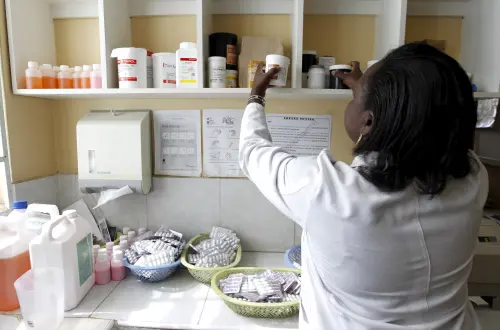
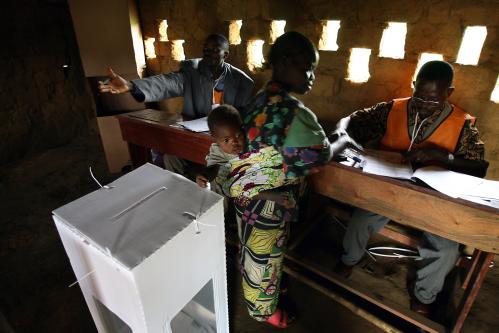
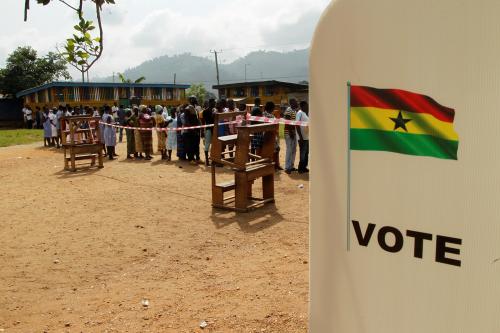
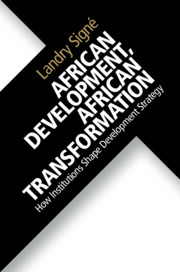
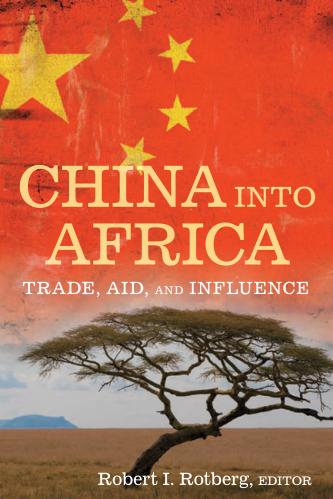


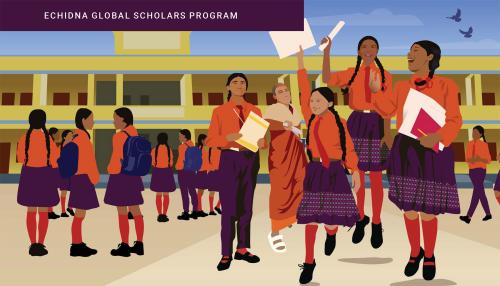
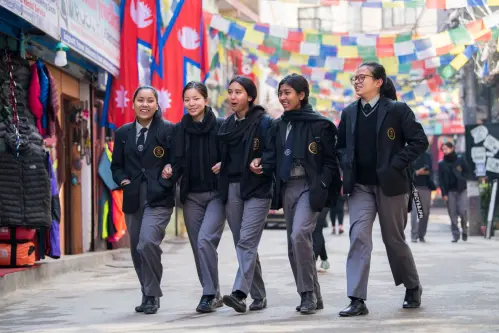
Commentary
Africa in the news: DRC sees violence as Kabila’s term expires, WHO warns Africa of increasing risks from noncommunicable diseases, and Ethiopia inaugurates hydroelectric dam
December 23, 2016